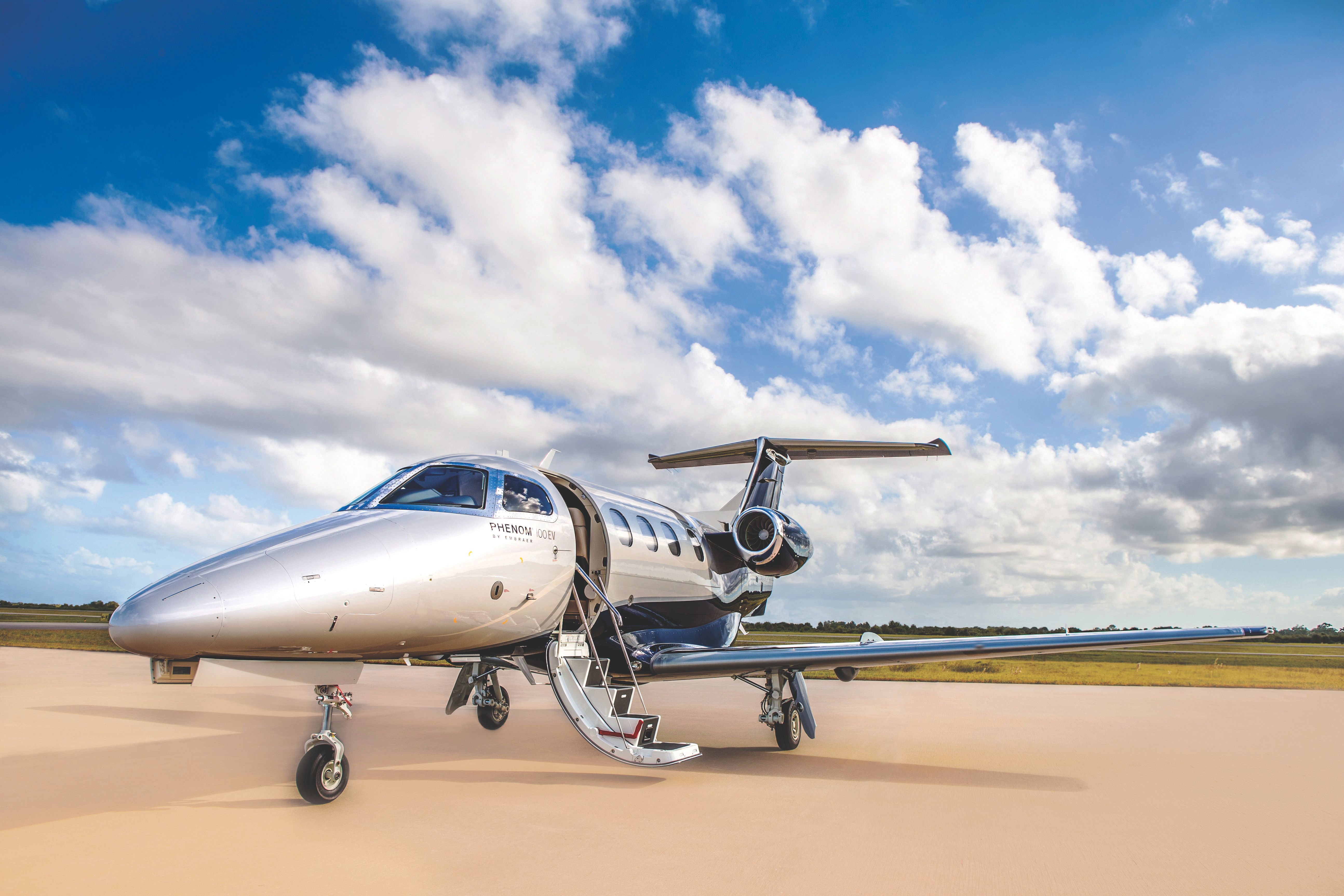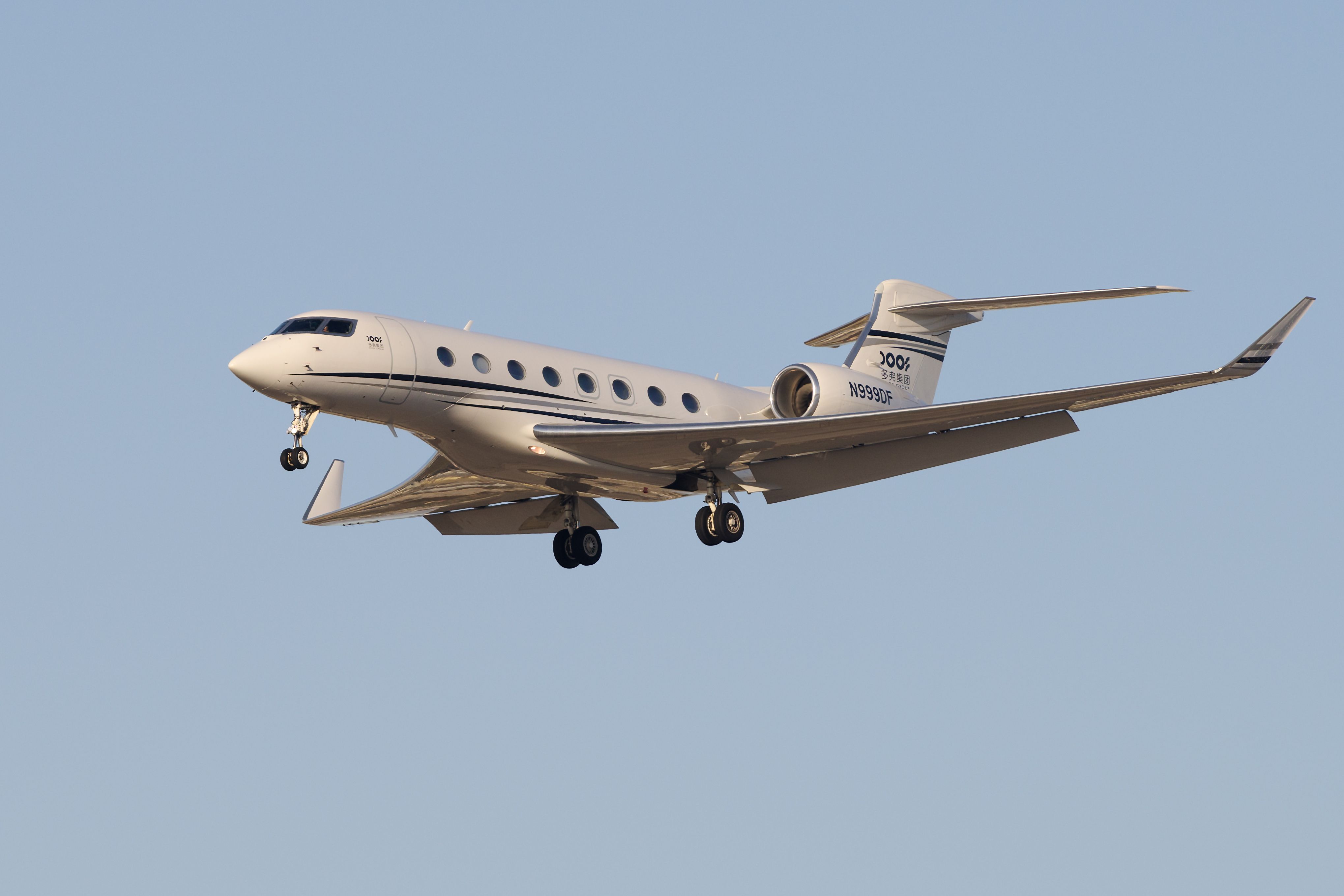Summary
- Private jets can operate at altitudes higher than commercial jets.
- Business jets fly higher due to less crowded airspace, avoiding congestion and lousy weather conditions.
- Flying at higher altitudes allows aircraft to navigate around storms and avoid turbulence more easily.
The general understanding of the distinctions between commercial and private flying often focuses on business jets' enhanced comfort and convenience. But there are certainly more contrasts between the two, including differences in the altitude these aircraft operate.
Flying higher than the others
Private jets can operate at greater heights compared to commercial jets. Commercial passenger airplanes usually maintain cruising altitudes ranging from 30,000 to 40,000 feet, varying based on the specific route. For many commercial aircraft, the maximum altitude capability, known as the service ceiling, is approximately 43,000 feet. But usually, these aircraft never need to reach that altitude.
In the realm of business aviation, aircraft can operate at altitudes of 40,000 feet or beyond. Some specific models can even fly at heights of 45,000 feet, while a few exceptional jets boast a service ceiling as high as 51,000 feet. That said, flying at this altitude is exceedingly rare, and usually, the only planes flying at these heights are operated by the military.
Currently, the title of the highest-flying private jet is held by the Gulfstream G650 and Bombardier Global Express aircraft, according to Stratosjets. Even ultra-light private jets such as the Embraer Phenom 100EV or HondaJet Elite can operate at altitudes higher than 40,000 feet.
Want to know what are the top 10 smallest private jets in the world? Here is the ultimate guide.
However, it is worth noting that not all private jets are required to reach 45,000 feet in altitude. Many private jet operators choose to cruise at approximately 41,000 feet, which offers some benefits of a higher altitude compared to commercial flights while minimizing potential risks like rapid depressurization and emergency oxygen issues.
Why do private jets fly higher?
Private jets often fly at higher altitudes due to less crowded airspace. The altitude range commonly used for commercial flights has a lot of air traffic managed by air traffic control (ATC) to keep planes safely apart. On the other hand, higher altitudes favored by private jets have fewer planes, making the airspace less busy and avoiding unnecessary congestion in the airspace.
Another common reason for business jets to operate at higher altitudes is their smaller size. Because of their lighter weight and limited passenger capacity, private jets can ascend to higher altitudes more rapidly. On the other hand, commercial aircraft flying at higher altitudes would not be economically viable due to increased fuel consumption.
Additionally, flying in a private jet at higher altitudes often means not encountering lousy weather. When there are storms in the area, private jet pilots flying at altitudes with less traffic can more easily navigate around bad weather conditions, ensuring a smoother and more comfortable flight experience for passengers. By flying higher, private jets also avoid an amount of turbulence.
Lastly, flying at higher altitudes allows private jets to avoid a significant amount of turbulence, although it is essential to note that turbulence can still occur occasionally.
Want answers to more key questions in aviation? Check out the rest of our guides here.
Sources: Stratosjets, Airacer



